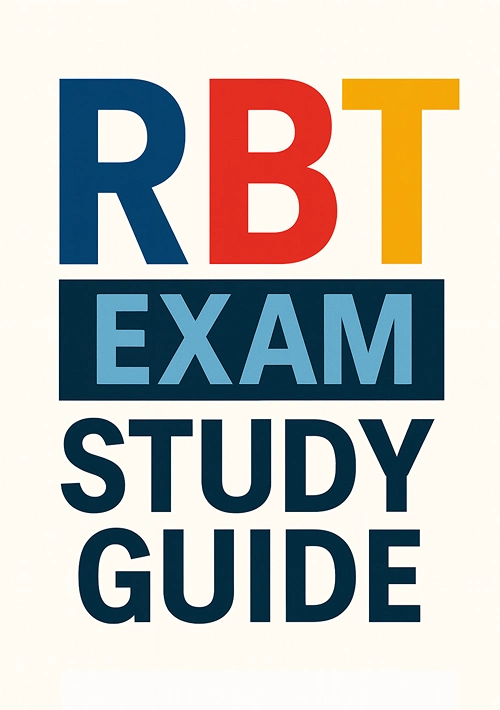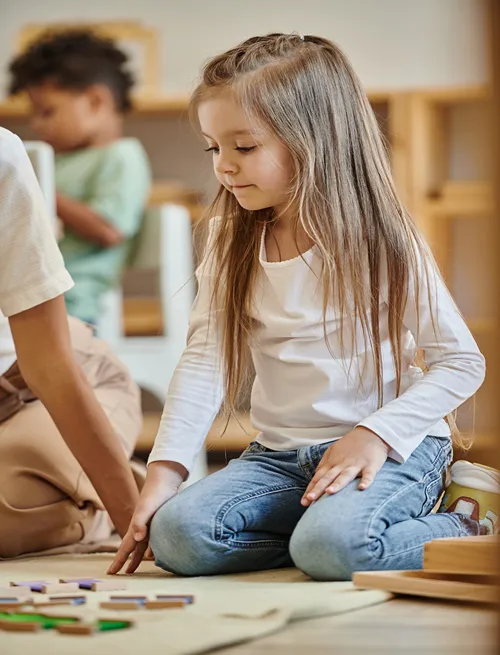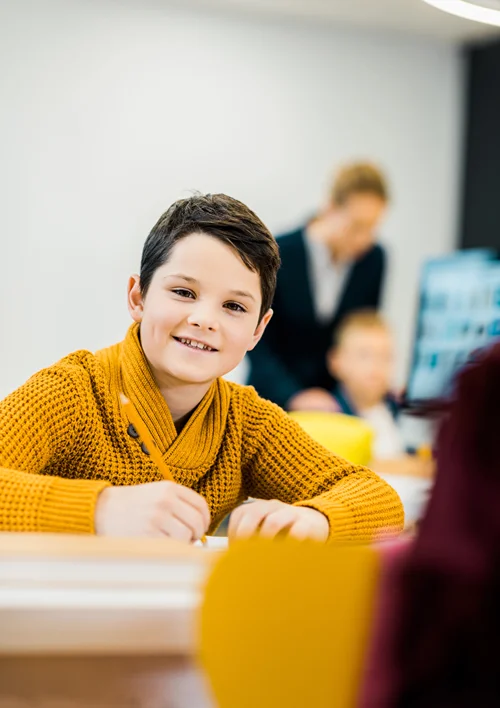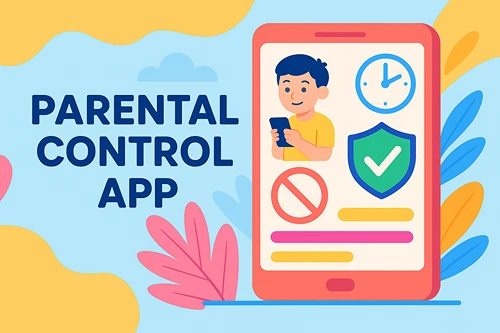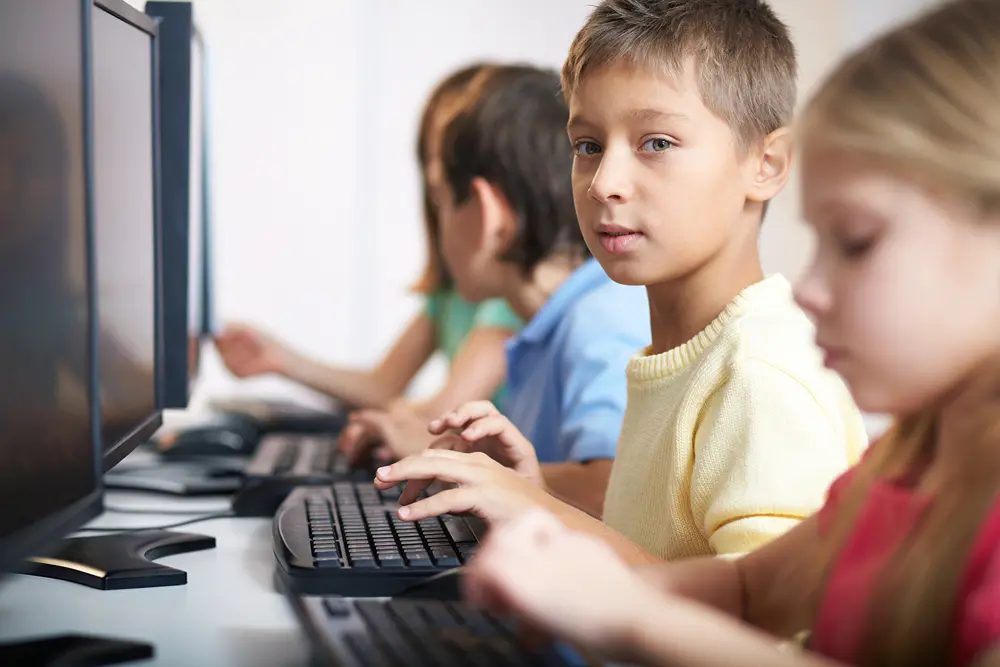RBT Exam Study Guide: Building Positive Learning Habits for Future Behavior Analysts
The journey to becoming a Registered Behavior Technician (RBT) is both exciting and challenging. It marks the beginning of our professional journey in understanding and applying behavior analysis principles effectively.
In this comprehensive RBT exam study guide, we will explore what the exam entails, highlight the importance of certification, and share proven strategies to cultivate positive learning habits. Our goal is to equip fellow aspiring behavior analysts with the insights and tools necessary to navigate this essential step in our careers.
Understanding the RBT Exam
Exam Structure and Content Areas
The RBT examination is a critical evaluation designed to assess our knowledge and skills in behavior analysis. It consists of 75 multiple-choice questions that cover various content areas, including:
- Measurement: Understanding different data collection methods and how to interpret results.
- Assessment: Familiarity with functional assessments and designing intervention plans.
- Skill Acquisition: The strategies needed to promote learning among clients.
- Behavior Reduction: Techniques to decrease unwanted behaviors while promoting positive behaviors.
- Documentation and Reporting: Best practices for maintaining records and reporting outcomes.
We must ensure we are well-versed in each area, as these will form the basis for many of our questions during the exam.
Importance of RBT Certification
Obtaining the RBT certification is not just a formality: it validates our commitment to the field of behavior analysis. By earning this credential, we demonstrate to potential employers that we have the foundational knowledge necessary to support clients effectively.
This certification can enhance our job prospects and open doors to future educational and professional opportunities. Also, as we strive to provide quality services, it encourages us to embrace continuous learning and adherence to ethical standards in our practice.
Key Study Strategies for Success
Creating a Study Schedule
The first step toward success in our RBT exam preparation is to develop a structured study schedule. By allocating specific times for study sessions, we can ensure that we cover all necessary content areas without feeling overwhelmed. Here are some tips for creating an effective study schedule:
- Set Realistic Goals: Breaking down the material into manageable sections will make our study sessions more productive.
- Prioritize Topics: Focus on areas where we feel less confident while also revisiting our stronger topics to reinforce our knowledge.
- Use a Calendar: Visual aids can help us keep track of study sessions and deadlines for practice exams.
Utilizing Study Materials Effectively
The right study materials can significantly enhance our understanding of the content. Alongside official resources, such as the RBT Task List and study guides, we can supplement our learning with various materials, including:
- Books and Online Courses: Look for reputable texts that cover behavior analysis in depth and online courses that offer interactive learning experiences.
- Study Groups: Collaborating with peers allows us to discuss complex topics and quiz each other, enhancing retention.
- Visual Aids: Techniques such as flashcards or charts help reinforce memory through visual learning.
Leveraging Practice Exams
One of the most effective ways to prepare for the RBT exam is through practice exams. These simulate the actual test environment and provide us with insights on what to expect. By identifying our weak areas through practice, we can focus our study efforts more effectively. Also, practice questions often highlight common themes and formats that appear on the exam.
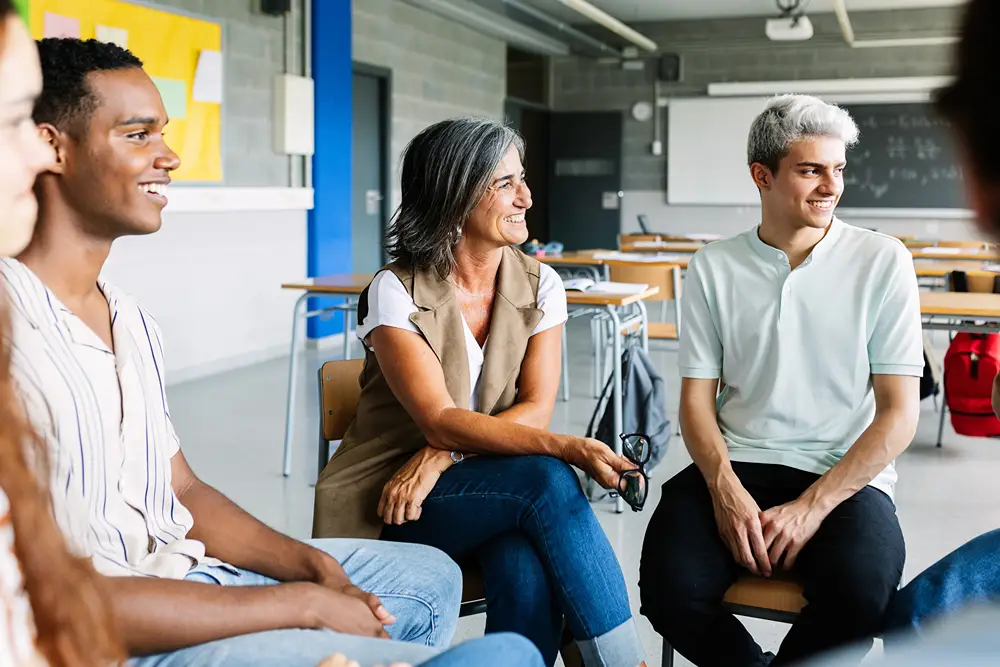
Building Positive Learning Habits
Strategies for Effective Learning
To cultivate a positive learning environment, we must develop habits that support our study goals. Here are a few effective strategies:
- Active Learning: Instead of passive reading, we can engage with the material through discussions or teaching back concepts to others.
- Mind Mapping: Organizing information visually can help us see connections between concepts and enhance understanding.
- Regular Reviews: Short, frequent reviews of material can reinforce our learning without the need for cramming before the exam.
Maintaining Motivation and Focus
Staying motivated throughout our preparation can be challenging, especially with the volume of content to cover. Here are some methods to keep our spirits up:
- Set Milestones: Celebrate small achievements along the way to acknowledge our progress.
- Stay Connected: Joining online forums or local study groups can provide us with support and encouragement from others in similar situations.
- Practice Self-Care: Maintaining balance is essential: regular breaks and relaxation techniques, such as meditation or exercise, can rejuvenate our focus.
Overcoming Common Challenges
Time Management and Stress Reduction
As we prepare for the RBT exam, we may face common challenges like time constraints and stress. Here are strategies to help manage these challenges effectively:
- Prioritize Tasks: Use a priority matrix to focus on the most crucial study tasks first.
- Schedule Breaks: Ensure our schedule includes short breaks to refresh our minds and prevent burnout.
- Mindfulness Practices: Incorporating mindfulness practices, such as deep breathing or short meditations, can help reduce anxiety.
Finding Support and Resources
Navigating the RBT exam journey doesn’t have to be done alone. Seeking resources and support is crucial:
- Online Forums and Communities: These can be valuable for sharing experiences, study tips, and encouragement.
- Mentorship: Connecting with experienced behavior analysts can provide insights that textbooks might not offer and help us navigate industry standards. For more information on the RBT exam requirements and study aids, visit the Behavior Analyst Certification Board’s official site.

